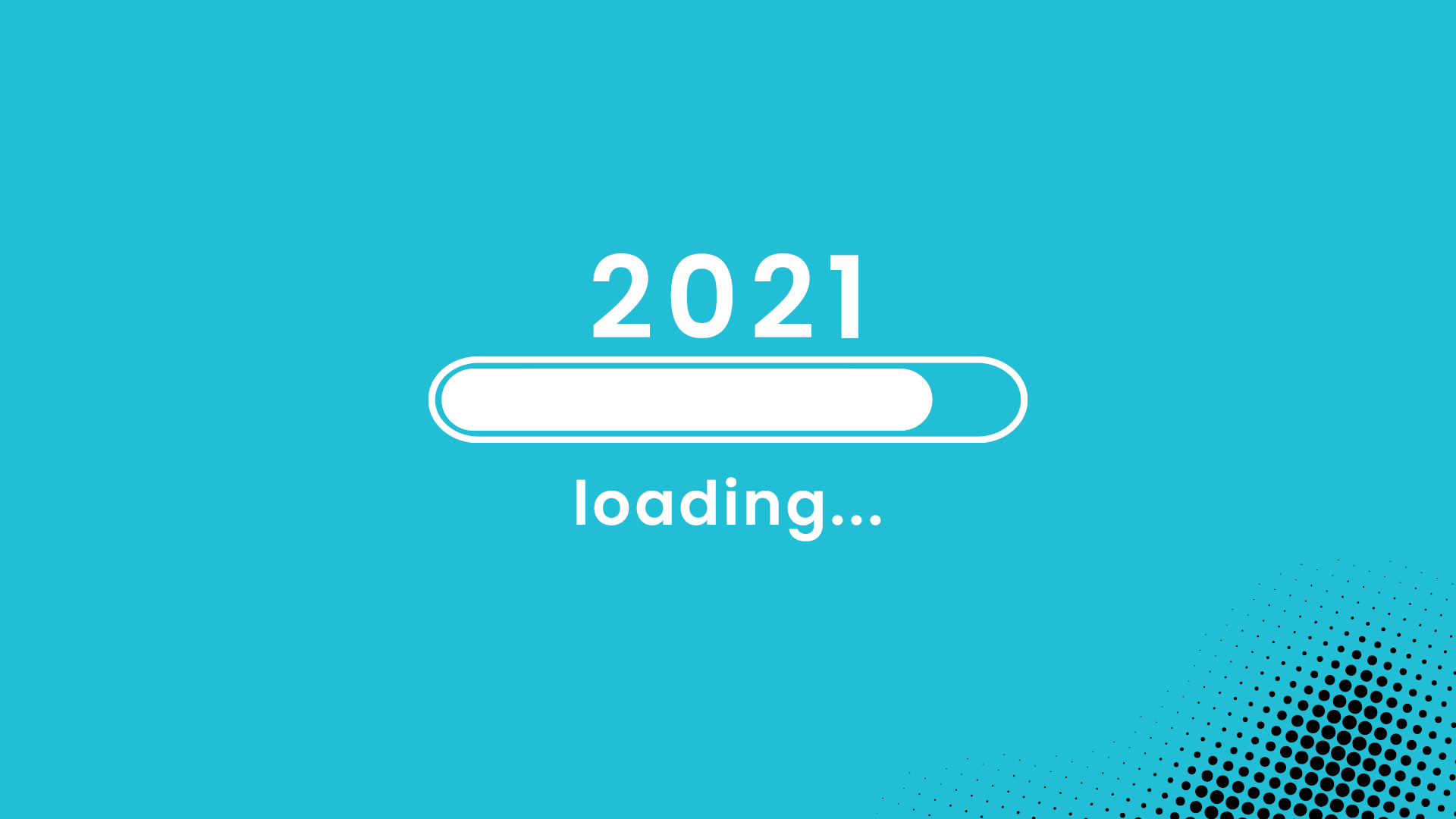
I think we’ll all be glad to see the back of 2020! It’s certainly been a challenging year, but IT teams, suppliers and vendors across the country have risen to the challenge magnificently and we should all take a moment to give ourselves a pat on the back.
However, all that good work means that we should all expect a busy 2021 – because our achievements in reacting to COVID and ensuring business continued as (nearly) normal have completely revolutionised expectations. Senior management has now seen how easily the barriers to changing working practices can be broken, and how quickly off the shelf solutions can be implemented when they really have to be. I believe this will drive them to press for IT changes to be implemented faster than IT teams have traditionally delivered them.
I’m pretty confident that demand for all forms of cloud services will continue to increase next year, even as many employees return to offices part-time, as ubiquitous access is only one of cloud’s advantages. Cloud - and IT in general - will continue to drive new working practices and service digitisation opportunities.
However, as with all change, greater use of cloud services brings new challenges for IT teams. We’ll see a big demand for services to tackle the associated compliance, management and security issues that cloud and increased home and flexible working bring. Organisations need to ensure that, in the rush to transform and keep working through the pandemic, the (in many cases ‘quick and dirty’) solutions they implemented haven’t exposed them to undue risk. They need to understand the risks that these new ways of working bring so that they can implement systems and processes to actively manage these risks without restricting innovation and collaboration. Organisations will also need to review and possibly redefine their risk appetite; being too averse to risk can be extremely costly, but too few controls can put an organisation’s very future in jeopardy.
The other area where I expect to see significant change is around legacy systems. Technical debt has been a regular conversation among CIOs for the last few years. What the pandemic has done is to encourage action rather than discussion and planning. Where legacy systems are constraining organisational flexibility with proprietary, outdated platforms which can’t easily be upgraded, or applications that can’t be containerised to ease migration to cloud, the increase in flexible and home working has changed the balance of the ‘live with it’ or ‘change it’ equation i.e. the complexity and cost of maintaining, accessing and supporting the proprietary elements when all staff are working remotely has increased.
I believe we’ll see many organisations reviewing their continued use of legacy systems in 2021, and this will drive either replacement or redevelopment when the impact of the pandemic recedes, and business confidence increases.
For most organisations, an integrated collection of true SaaS services that provide the capabilities the organisation requires at an acceptable cost are the ultimate goal. Where that is not currently achievable, replatforming onto PaaS or, worst case, migrating to IaaS are the next best options. The good news is that if you have a legacy application that simply can’t be moved without significant risk or cost, you have the option of using managed cloud, where a third party takes the responsibility for hosting, managing and supporting the legacy application as a stepping stone while you work on implementing its next generation or replacement. This ensures that what you have is secure and continues to support your business. You can benefit from cloud’s flexibility and scalability while working towards implementing the long-term solution to fully meet your organisation’s needs and enable future flexibility. You’ll look like a hero if you do.
Looking for strategic IT advice to transform IT Services for your organisation? We’re always here to help!

